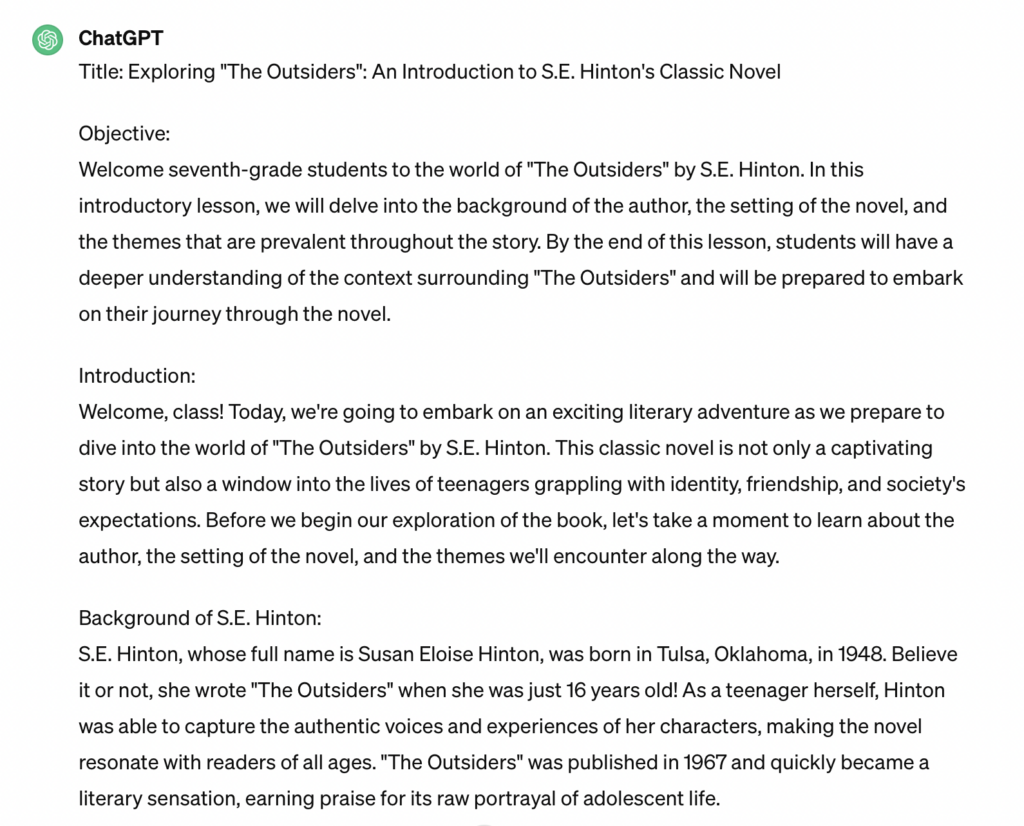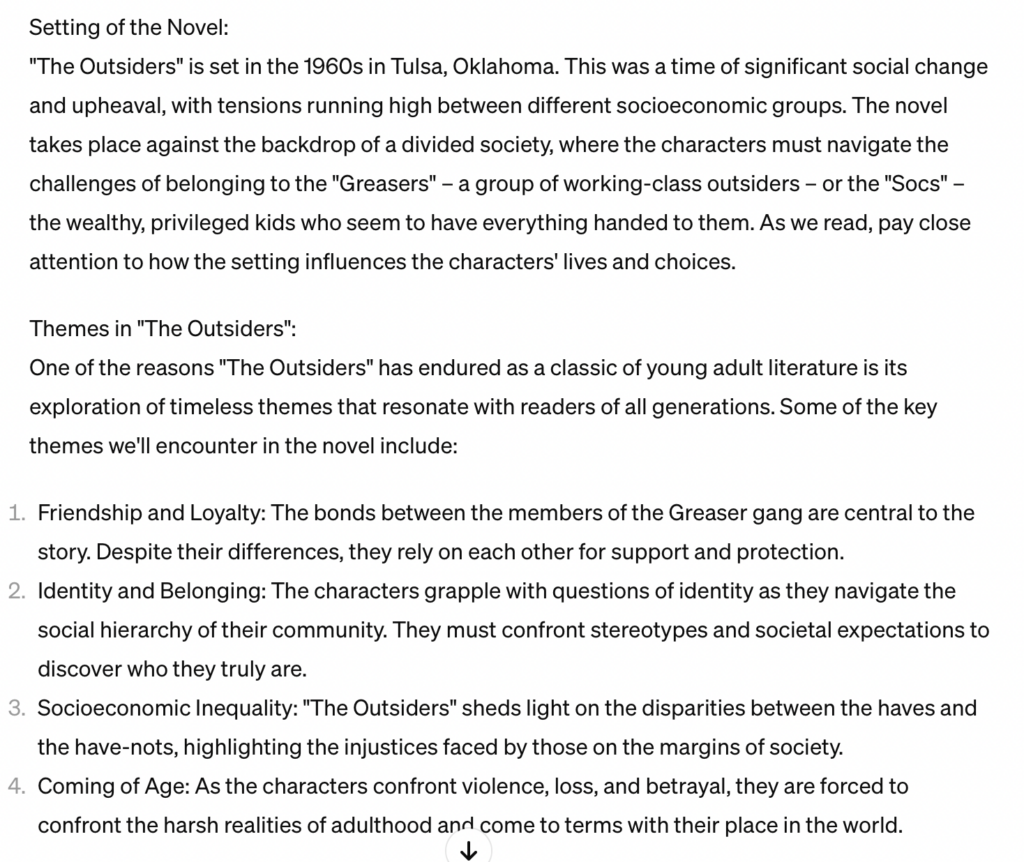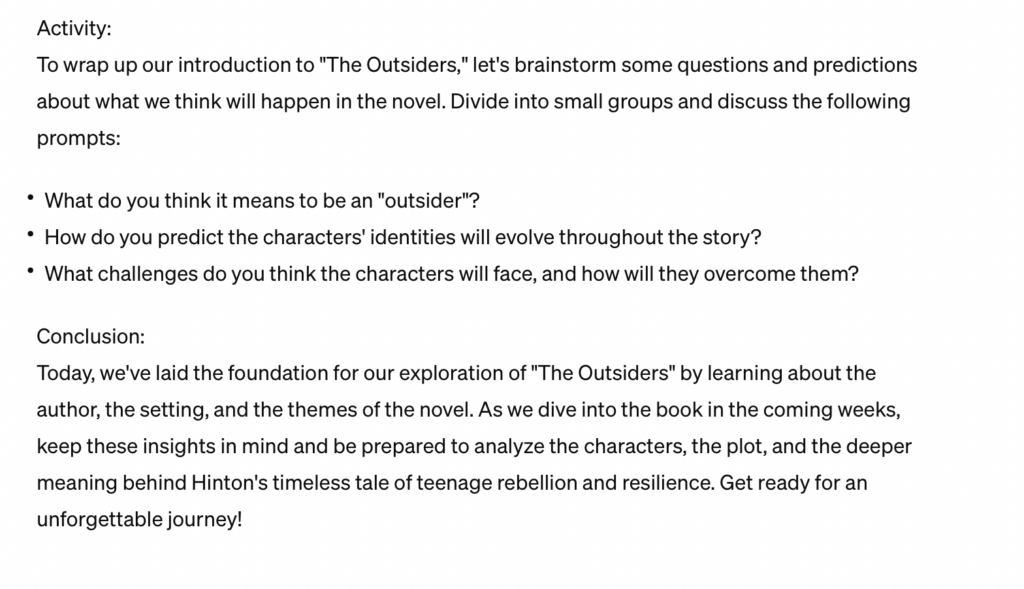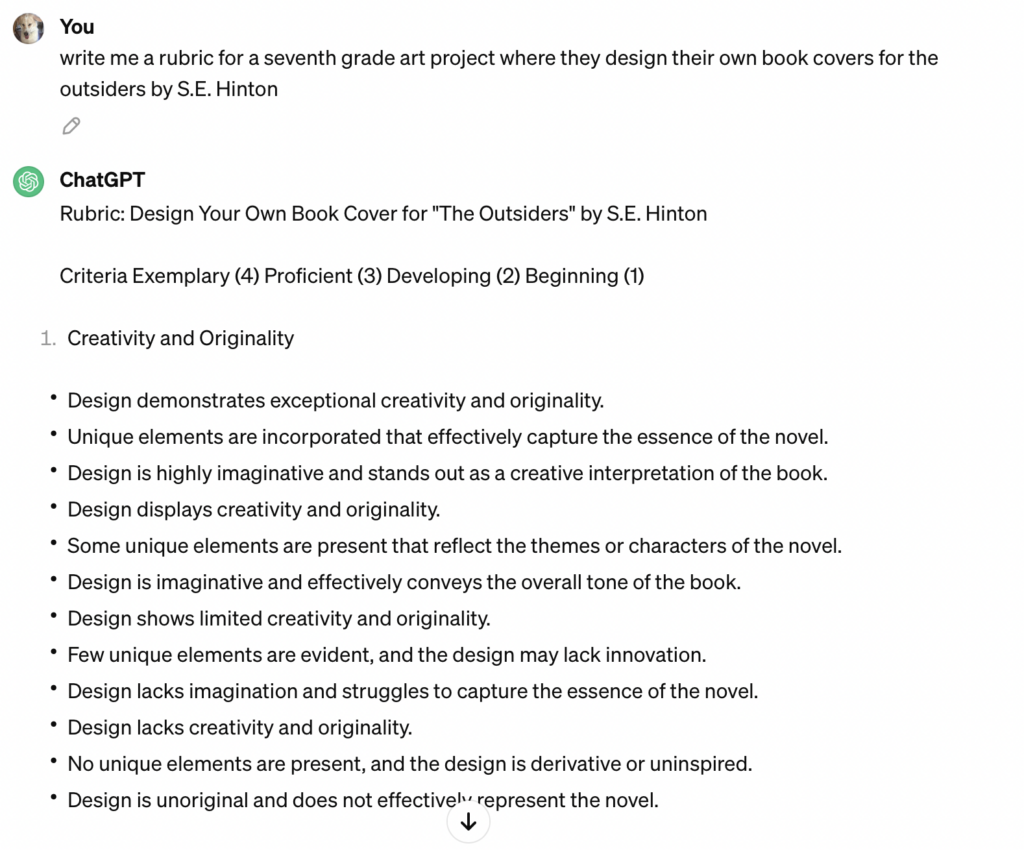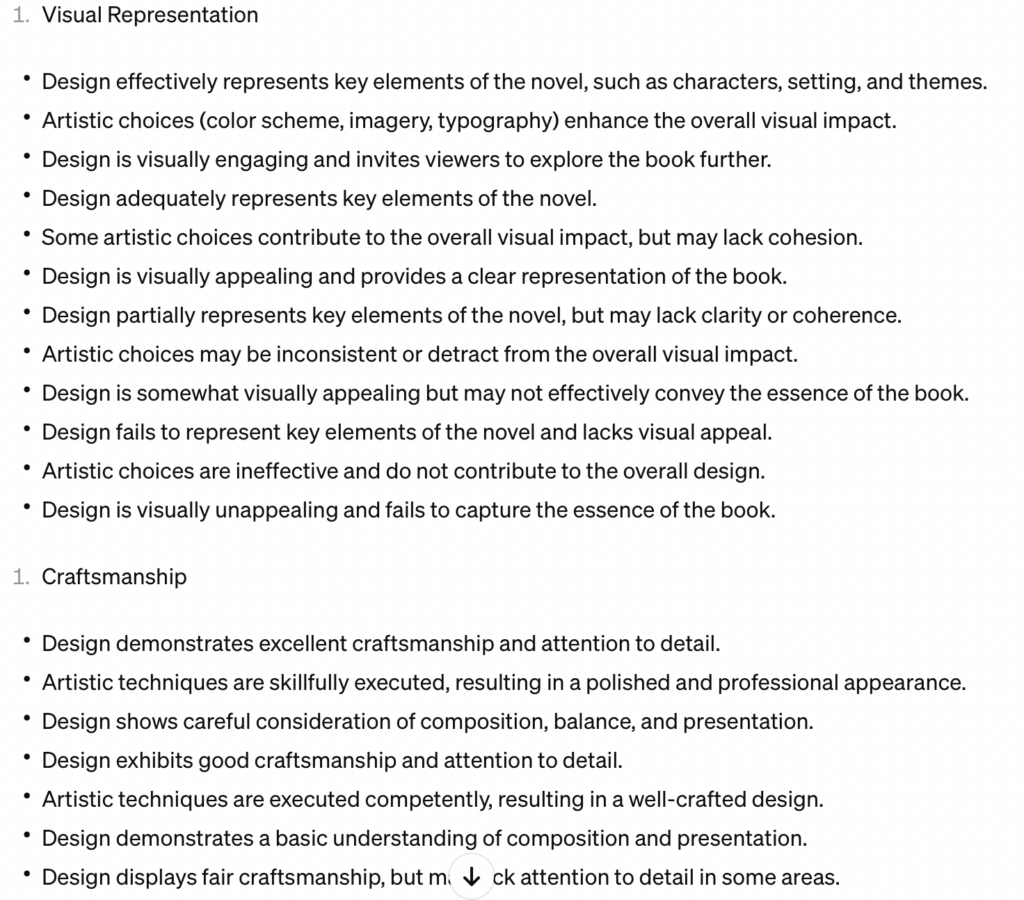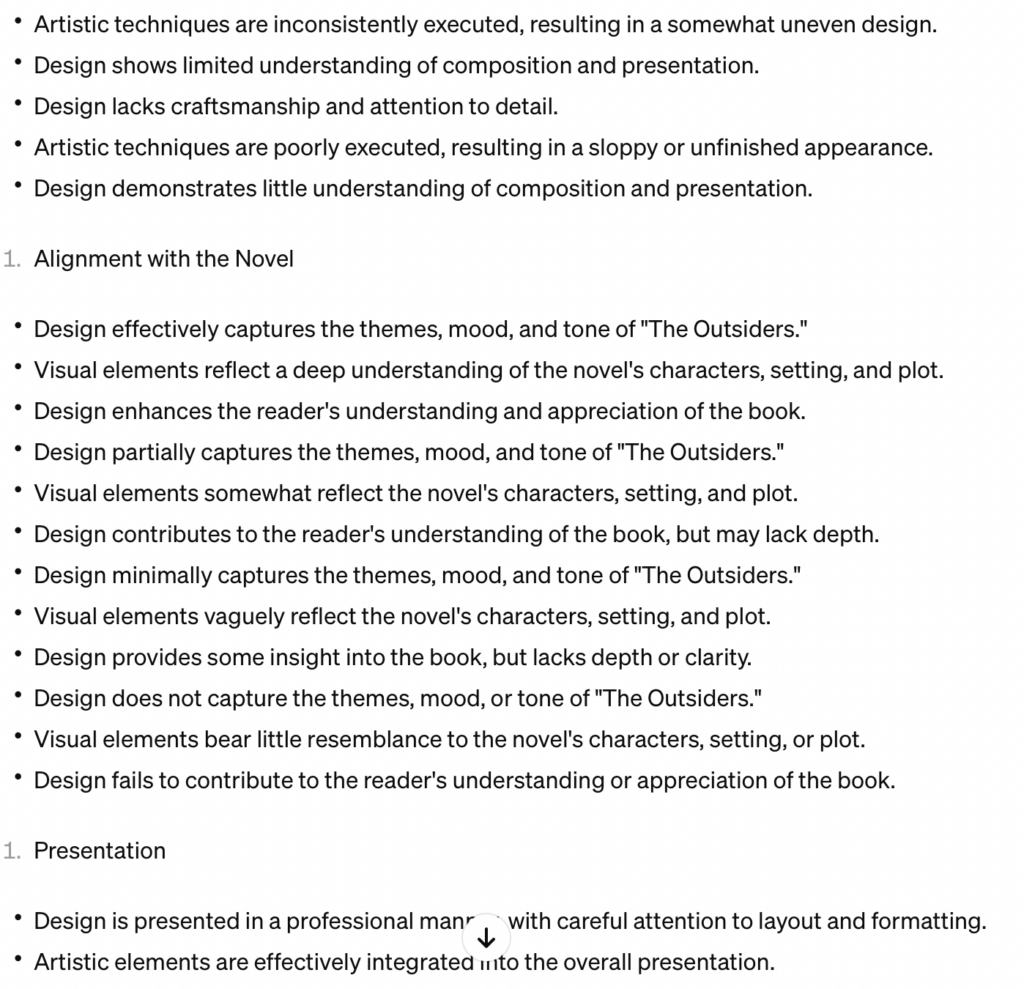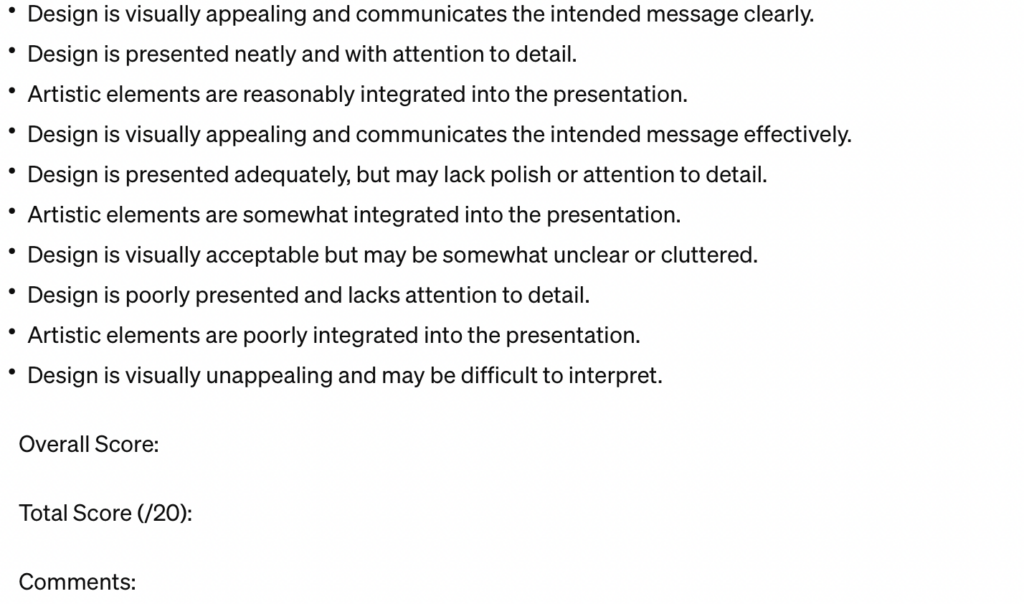This week’s class was super cool! We had the opportunity to get outside and get some fresh air which was incredible. Luckily, we were blessed with and warm and sunny day. For this class, I decided not to use any apps on my phone besides the camera app as it is already downloaded on every phone. I wanted to see what I could do with an app that has no real direction. In the end, this became a documentation of what I learnt on my walk. Luckily for you, I have the photos and can take you along on my journey.
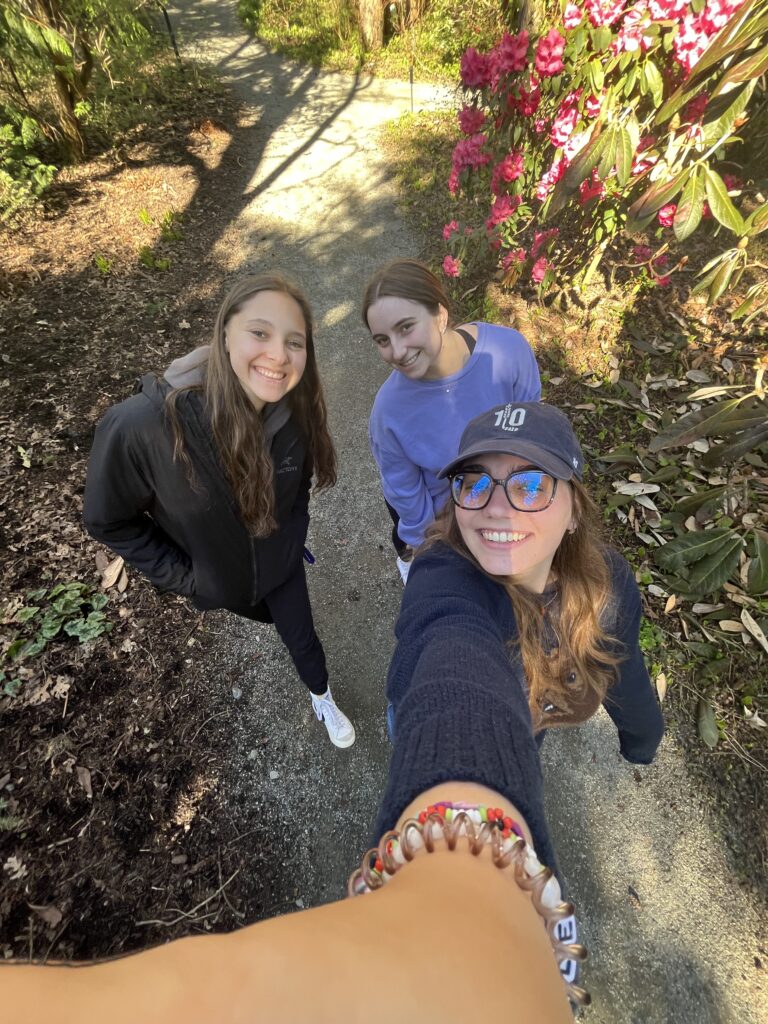
I got the opportunity to go on this journey with two of my very lovely friends!

These were too pretty to not photograph! However, I wish there was a sign explaining more about this flower and if it is a native or non-native species. This is where a plant identification app would have come in handy.
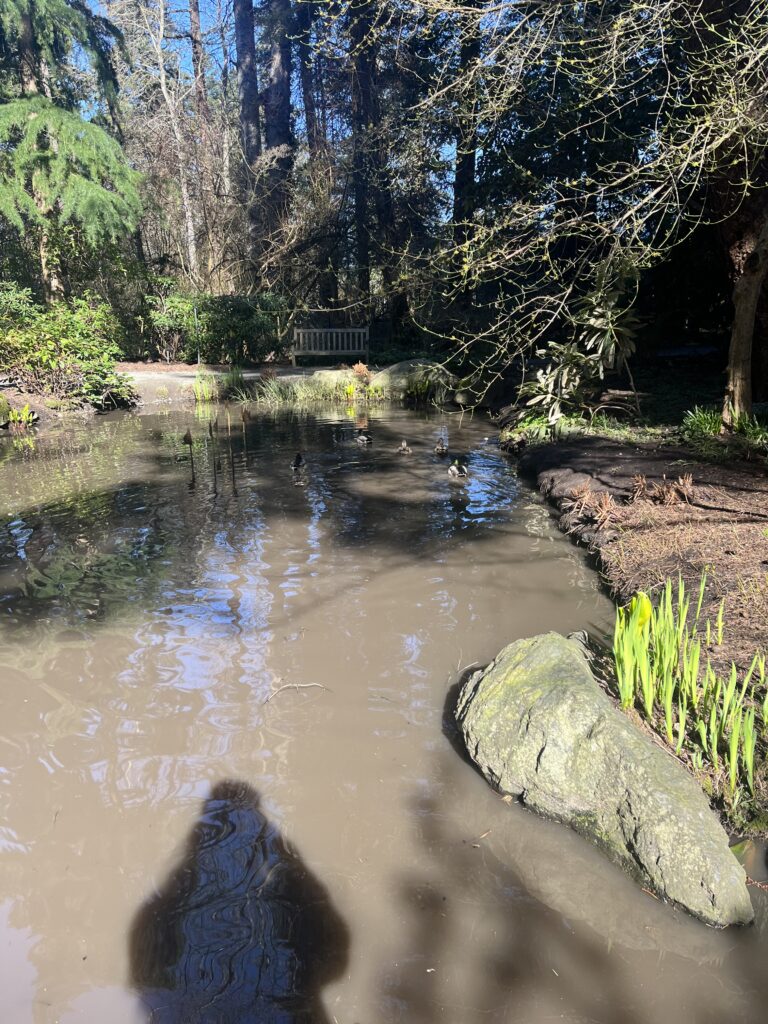
I had to capture the ducks!

So did my friends!
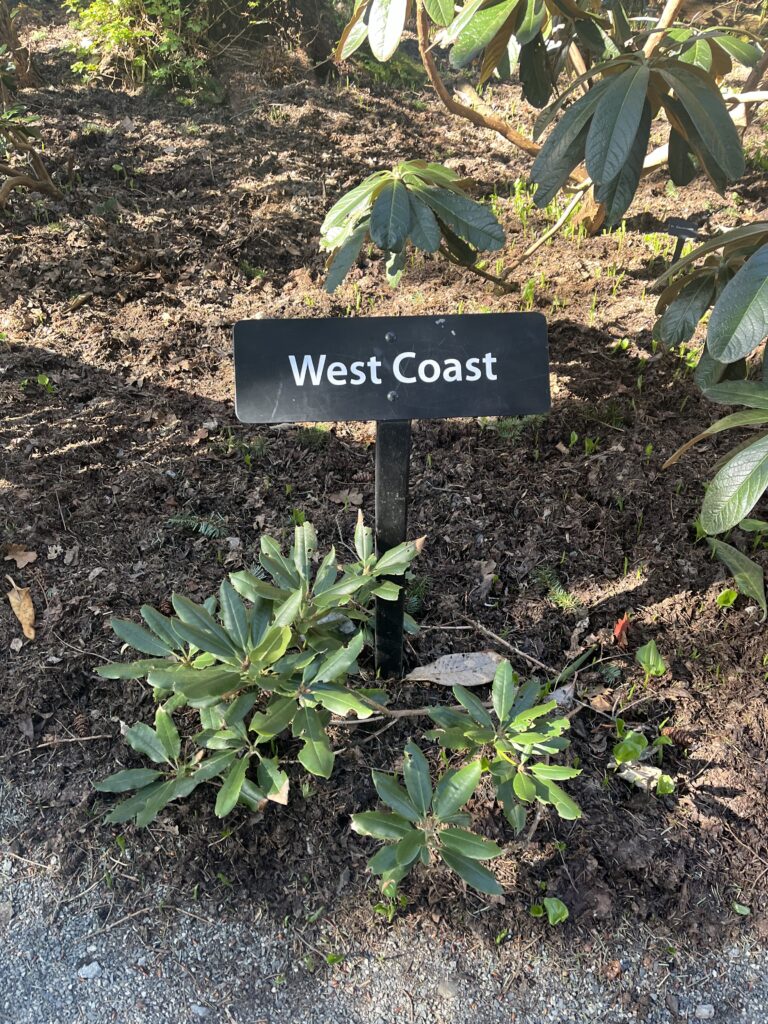
I thought this aspect of the walk was a key moment as it highlights the importance of understanding which species are native to where you live. In connection to the First Peoples Principles of Learning, it is important to not only learn about land but also focus on the land you stand on. It is important for students to be able to identify the types of plants they learn about in the world around them.
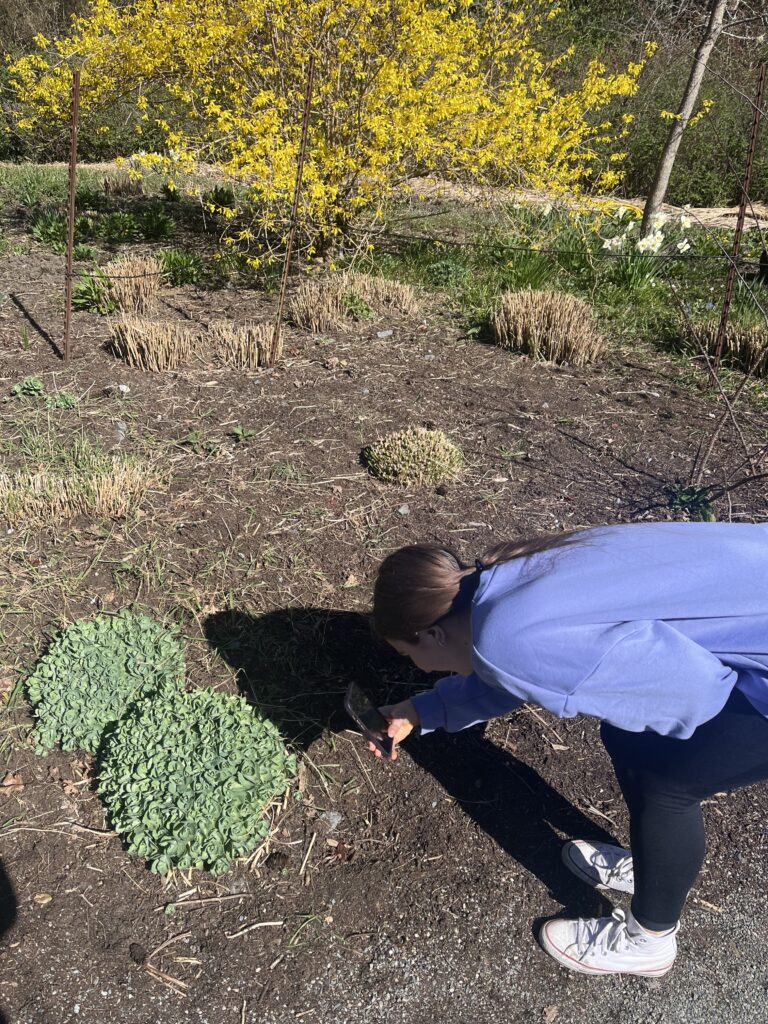
Some more photography!
Overall, I had a really fun time collecting photos and learning about the different plants in the Finerty Gardens. I think students could have a really fun time with this, especially if they take the time to download plant identification apps.
While I was walking, I thought a fun cross-curricular activity could include tasking students to take pictures of things from nature on a walk and then have them create an art piece of a chosen photo. This could be multimedia and include a technology art aspect like digital drawing, animation, or chatterpix. The students would also be expected to research and discover facts about their chosen species.
Have an awesome week!
